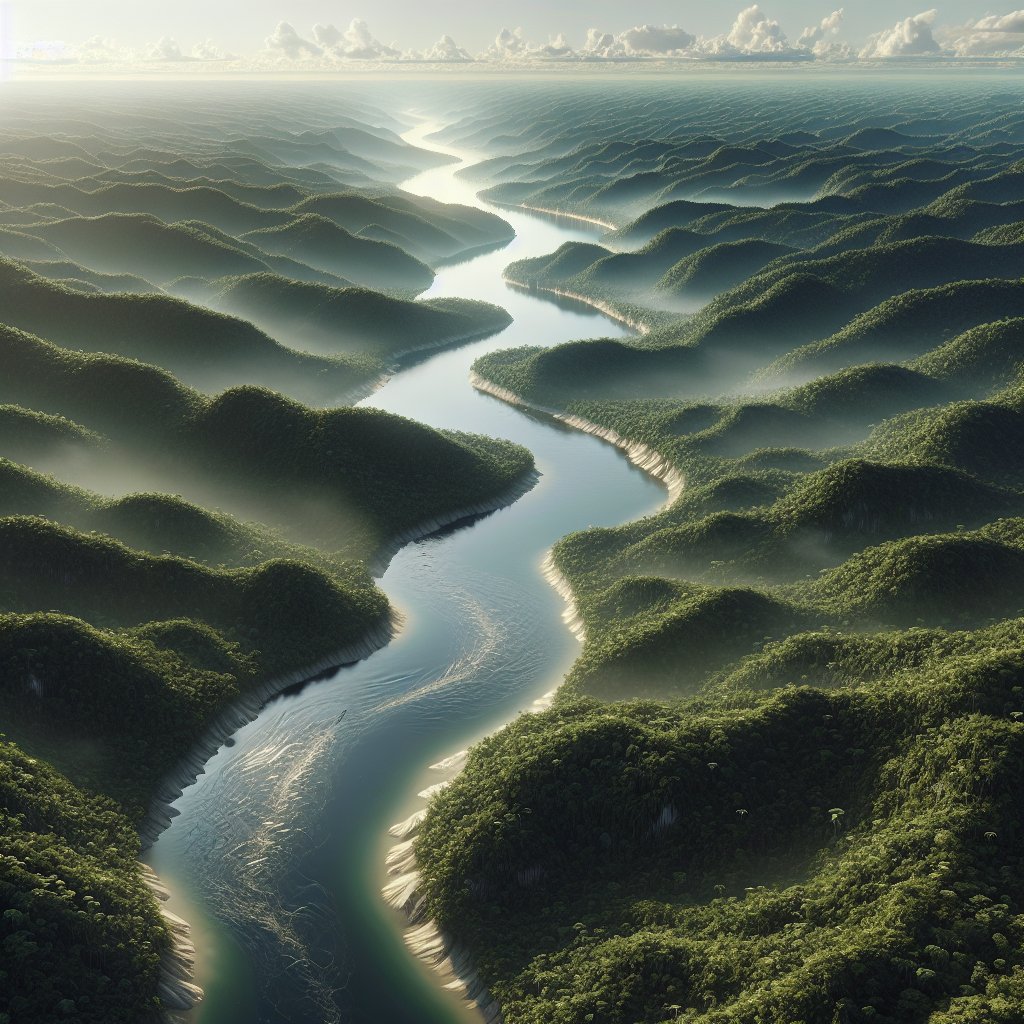Picture a river winding through the lush green heart of Bolivia, the air filled with the sounds of wildlife and the whispers of ancient forests. This is the Beni River, a bustling waterway that has shaped the lives of countless communities and the landscape of Bolivia. Flowing through the northern part of the country, the Beni River forms a key part of the Amazon River basin, one of the most vital ecological areas on the planet.
The Beni River snakes through diverse terrains, from bustling towns to secluded rainforests. It's an essential artery for the Bolivian Amazon, linking remote communities and providing a lifeline for their economic and social activities. Whether it's transporting goods or providing simple transit, the river is an integral part of daily life for many who call this region home.
The river doesn’t just sustain human life; it is a thriving habitat for a diversity of species. From freshwater dolphins to otters and piranhas, the Beni River is brimming with life. For any adventurous Gen Z eco-travelers, this biodiversity offers an unparalleled look into nature’s splendor. Amidst the backdrop of rich flora and fauna, the river also plays a crucial role in supporting the local ecosystems and indigenous cultures.
However, the Beni River isn’t just a postcard-perfect image of nature’s bounty. It's a hotbed for critical environmental and political discussions. As industries eye the river for its potential resources, tensions flare about the sustainability and environmental impact of such developments. Advocates for conservation argue passionately for protecting this natural wonder and preserving the ecosystem for future generations. On the other hand, proponents of development emphasize the economic benefits and job opportunities these projects could bring.
This debate mirrors the broader global conversation about balancing economic growth with environmental stewardship. While it's easy to empathize with those eager for economic opportunities, it's crucial to consider the long-term impacts. For our planet’s health, prioritizing sustainable practices over short-term gains becomes a matter of urgency.
The role of indigenous communities in this equation is profound. Many have lived alongside the Beni River for generations, their cultures and livelihoods intricately tied to the waterway. For them, preserving the river isn't just a matter of environmental responsibility but a fight for cultural survival. These communities have often been at the forefront, advocating for their rights and the protection of their ancestral lands.
From a Gen Z perspective, the story of the Beni River is a call to action. It emphasizes connectivity and accountability—showing how local actions resonate globally. Technology bridges gaps, offering platforms for raising awareness and demanding change. Through social media and digital activism, today’s youth can support campaigns to protect such vital natural resources.
Amid these complex dynamics, the Beni River stands as a natural marvel, a crucial resource, and a symbol of the intersection between progress and preservation. It compels us to question our roles and responsibilities as stewards of the Earth. By understanding and valuing the interconnectedness of people and ecosystems, we can chart a path that honors both development and conservation.

